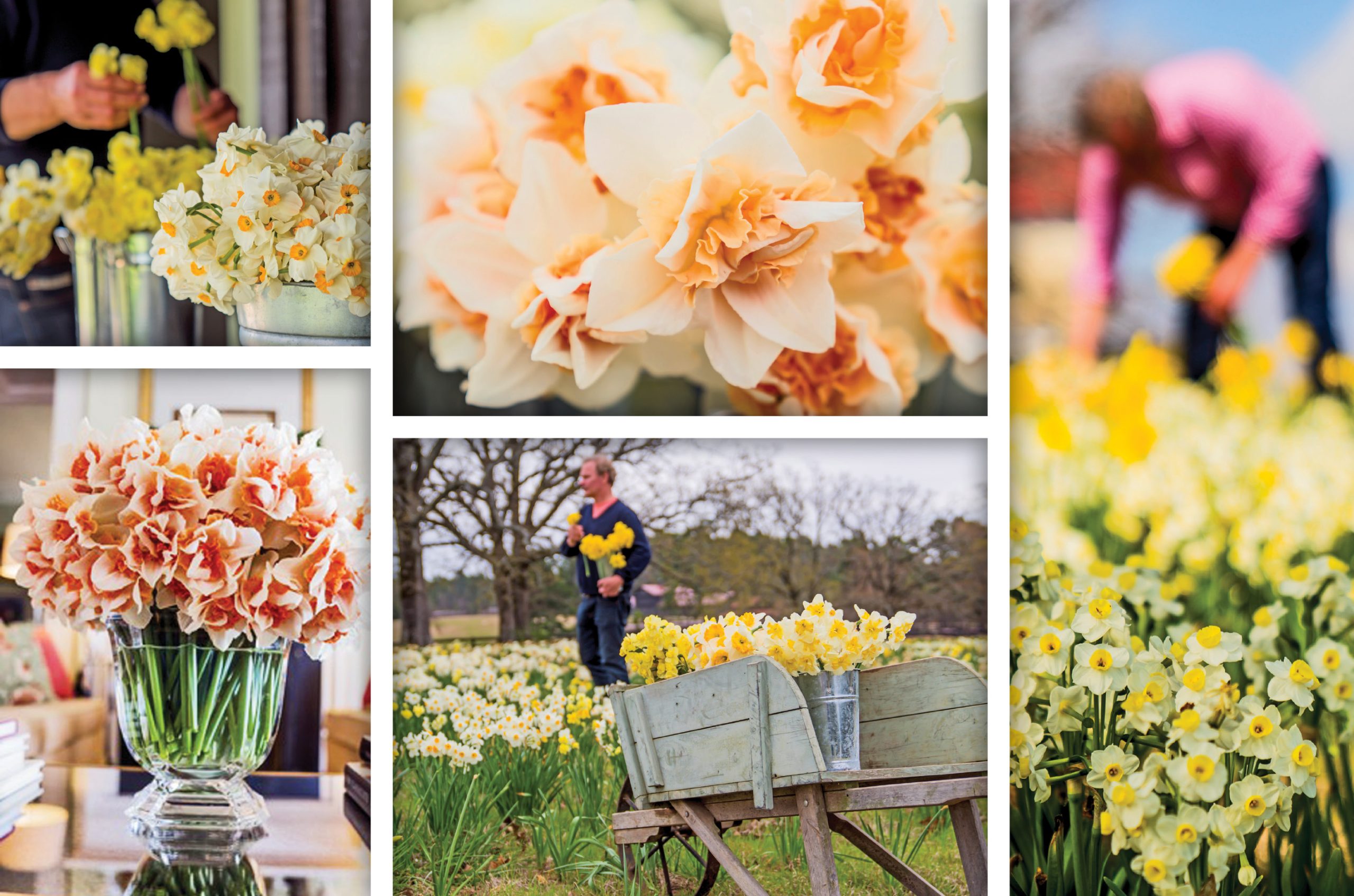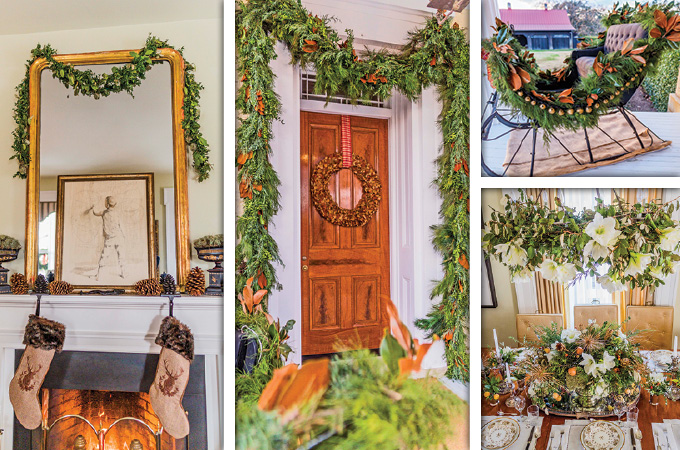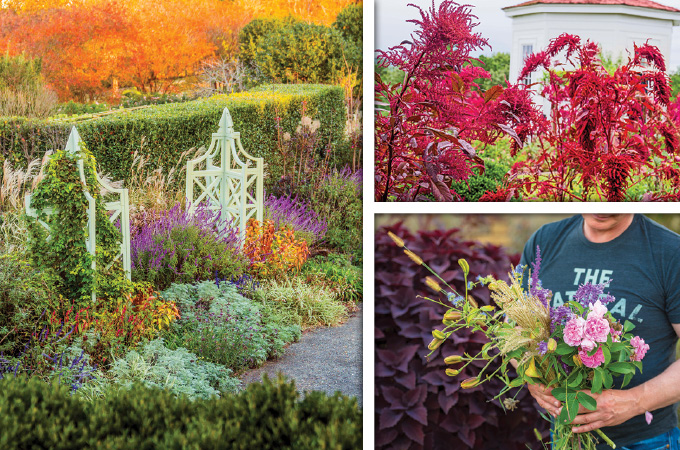There is a certain excitement that follows the purchase of beautiful plants for your garden. Then you get home and have to till, dig, stake and water. These jobs can be taxing without the proper garden tools to get the jobs done. Never underestimate the value of good, sturdy tools. They can last a lifetime and make your time in the garden that much more enjoyable. So, before you begin your next garden project, why not assess your tool collection and beef up your arsenal? Here are a few of my favorites.
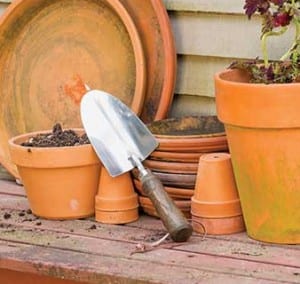
trowel—This tool is perfect for scooping, digging and mixing. Dig a good-sized hole for plants and transfer fresh, nutrient-rich soil to cover the roots. Think of a trowel as an extension of your hand in the garden.
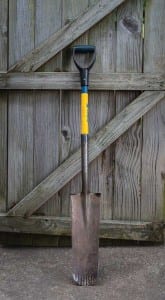
sharp shooter—This is great when you need to dig a deep, narrow hole or trench, and it works even in rocky soil. Use a sharp shooter to create deeper, more precise holes in the garden. The long handle gives more leverage and control than a trowel or large shovel.
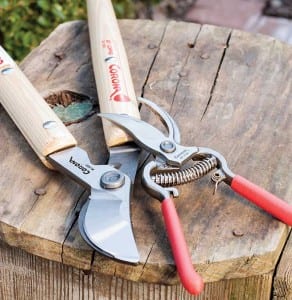
hand pruners—This tool, also known as secateurs, is small but mighty. All gardeners need a sharp pair of hand pruners. They come in handy when managing the size of unruly plants in a flower bed, harvesting fruits and veggies, and cutting fresh flowers. Keep in mind that shears generally won’t cut through anything over .75 inches in diameter. Keep your pruners sharp and well-oiled, and they will last for years.
loppers—These are great for pruning hard-to-reach limbs or anything thicker than a pencil. The longer the handle, the more leverage you can get, which is helpful when making larger cuts. Keep your loppers sharp and well-oiled and you’ll be able to trim branches up to 3 inches in diameter, which should include most pruning jobs around the garden.
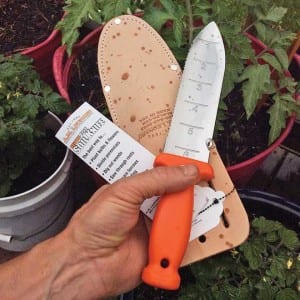
soil knife—I love the design of the Deluxe Stainless Steel Soil Knife by A.M. Leonard. Its three-in-one design allows it to dig, cut and saw. It has a rubber grip handle and wide guard so you don’t cut yourself. I use it to dig and cut through rocky soils with lots of roots. It has a serrated side to help saw through rough terrain, and a tapered blade on the other side that comes in handy when dividing plants.
Photo: Beth Hall






